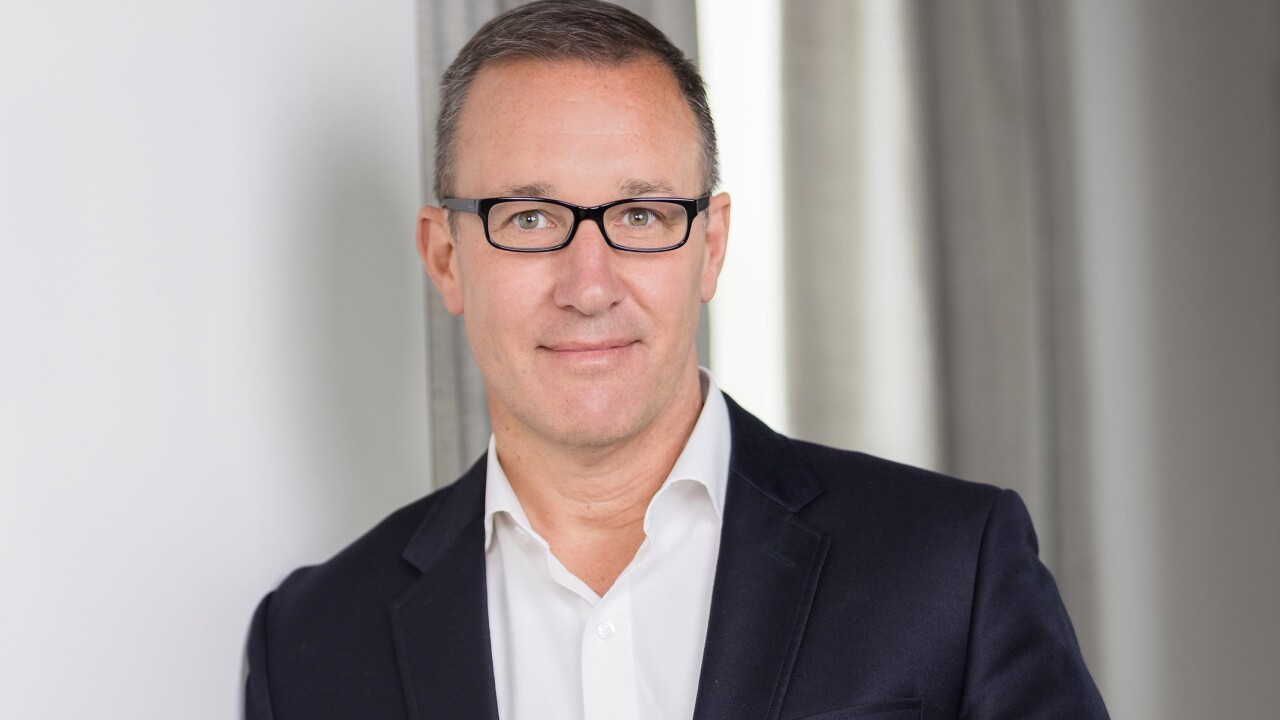New York City’s transit problems extend beyond underfunding, according to a
The Metropolitan Transportation Authority “is investing its money in the wrong projects relative to ridership and population growth,” and executes its projects poorly, senior fellow Nicole Gelinas wrote in her study, released Monday and titled "Not by Money Alone: Rethinking the MTA's Infrastructure."
For example, said Gelinas, the MTA’s current five-year capital plan devotes 71% of its expansion budget to New York’s two commuter railroads -- Long Island and Metro-North -- 10 times their 7% share of MTA ridership.

Under this plan, the MTA will invest a further $2.4 billion in the $10.2 billion East Side access project to connect Long Island Rail Road trains to Grand Central Terminal rather than to Penn Station, as well as $2 billion in building a third track on the LIRR’s main line.
“Both are worthy projects, yet in an era of scarce resources, ridership levels do not justify the vast imbalance among the MTA’s priorities,” said Gelinas.
The MTA is one of the largest municipal issuers with roughly $39 billion of debt. Under its current $32.5 billion capital plan for 2015 to 2019, to which the city and state agreed two years ago, the federal government is expected to provide $7.6 billion, the state has committed $8.5 billion, and New York City $2.5 billion. The MTA itself will raise $9.9 billion by issuing long-term bonds and $4 billion from “other MTA sources,” including real-estate sales.
State Comptroller
DiNapoli noted the MTA’s projected budget gaps spike to $112 million in 2020 and $493 million in 2021 despite biennial fare and toll hikes in 2019 and 2021. The MTA already raised them by 4% in 2017.
“We categorically reject the idea of any unplanned fare increases,” said MTA Chairman Joseph Lhota. “Funding subway repairs will not come on the backs of riders and the comptroller is fear-mongering by injecting unplanned fare increases into the public discourse.”
The MTA is scheduled to propose its 2020-2024 capital program in fall 2019. While the size of that program is still in question, it has said it would require an additional $8 billion for the subways.
DiNapoli report notes that the MTA is projecting a balanced operating budget through 2019, but it is also projecting budget gaps in the following years, starting at $112 million in 2020 and growing to $493 million in 2021, despite planned biennial fare and toll increases of 4% in 2019 and 2021. The MTA has already raised fares and tolls by 4% in 2017.
The MTA board is scheduled to meet Monday and Wednesday.
Lhota said the authority finds increased support for congestion pricing encouraging.
Gov. Andrew Cuomo next year is expected to recommend a plan akin to the MoveNY proposal that would impose a fee on vehicles entering Manhattan south of 60th Street and toll now-free East River bridges, while reducing tolls on outer borough bridges such as the Verrazano-Narrows and Bronx-Whitestone.
New York Mayor Bill de Blasio prefers a millionaire’s tax to congestion pricing.
According to Gelinas, the MTA manages design, engineering, and construction poorly, resulting in wasted money and time. “The more than tripling of East Side access’ original budget, for example, has left less money and management resources for critical projects such as the Second Avenue subway,” she said.
Before the state and city allocate more resources to the MTA, they should change the authority’s approaches to capital investments, Gelinas added. She urged the MTA to continue following the lead of other agencies such as the Port Authority of New York and New Jersey and tapping into design-build project delivery, under which a single contracting team designs and constructs a project.
She also called for the MTA to consider contracting out service on heavily subsidized express bus routes and use savings for additional service to defray subway overcrowding, and for Cuomo and state lawmakers to consider housing clusters along the Long Island commuting corridor to complement East Side access.
“Finally,” said Gelinas. “The MTA must better control its long-term liabilities to ensure that any capital-investment dollars, whether provided by the state or the city, are not crowded out by growing debt-service and retiree-benefit costs.”





